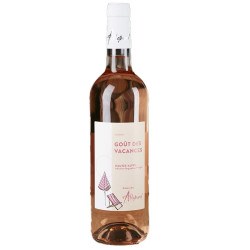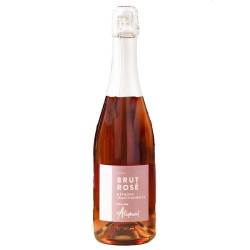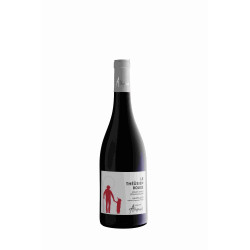Free delivery on purchases of €150 or more per winegrower in France and €250 in Europe (excluding United Kingdom)
Free delivery on purchases of €150 or more per winegrower in France and €250 in Europe (excluding United Kingdom)
-
- Great Offer
-
Our wines
-
-
By colors
-
All the wines
-
-
-
All Regions
-
-
-
-
Our organic & natural wines
-
-
Our Champagnes & Spirits
-
-
All Champagnes
-
-
Spirits
-
All the spirits
-
-
-
Our winemakers
-
-
-
winemakers
-
-
-
Our advice
-
-
Find your wine
-
-
-
- Our commitment !
-
- Great Offer
-
Our wines
-
-
By colors
-
All the wines
-
-
-
All Regions
-
-
-
-
Our organic & natural wines
-
-
Our Champagnes & Spirits
-
-
All Champagnes
-
-
Spirits
-
All the spirits
-
-
-
Our winemakers
-
-
-
winemakers
-
-
-
Our advice
-
-
Find your wine
-
-
-
- Our commitment !
Filtrer
Cépage : Grape variety : Mollard
Mollard: Origins and Unique Characteristics of This Grape Variety
Mollard, an indigenous grape variety from the Hautes-Alpes, embodies the authenticity of mountain vineyards. This rare and rustic grape, particularly suited to extreme climatic conditions, appeals to wine lovers seeking freshness and soft tannins. Discover the history, terroirs, and aromatic characteristics of the Mollard grape, and follow our tips for successful food pairings with this unique variety.
Description and Origins of Mollard
Mollard is a black grape variety native to the Hautes-Alpes, where it has been cultivated for centuries. Its name, derived from the local dialect, means "little hill," referencing the steep slopes on which it is planted. Resistant to cold temperatures and spring frosts, Mollard was long valued for its resilience and aromatic palette. However, with the industrialization of viticulture, it nearly disappeared, replaced by more productive varieties. Today, a handful of winemakers are working to preserve it, showcasing its aromatic potential and refreshing palate.
Primary Terroirs Where Mollard is Cultivated
Mollard is primarily grown in the Hautes-Alpes, at the heart of the IGP Hautes-Alpes and IGP Var appellations. It thrives on the rocky and limestone soils of mountain vineyards, often located at high altitudes. This grape is also used in the AOC Coteaux de Pierrevert, where it is blended with other regional varieties to produce red and rosé wines.
Aromatic Characteristics of Mollard
Characteristics of Mollard in Red Wine:
Appearance: Red wines made from Mollard feature a light ruby hue with violet reflections.
Nose: Aromas of fresh red fruits such as raspberry, cherry, and redcurrant, with subtle spicy notes.
Palate: Light and fruity, Mollard-based red wines offer a delightful freshness and smooth tannins.
Characteristics of Mollard in Rosé Wine:
Appearance: Rosé wines from Mollard display a pale pink color with salmon highlights.
Nose: Notes of wild strawberry and citrus with a hint of floral accents.
Palate: Fresh and vibrant, Mollard rosé wines are ideal for summer dishes.
Best Food Pairings with Mollard
Here are some recipe ideas to create the perfect food pairings with a bottle of red or rosé wine made from Mollard:
-
Tartiflette with Reblochon (IGP Hautes-Alpes Rouge)
-
Braised pork belly with herbs (AOC Coteaux de Pierrevert Rouge)
-
Lentil salad with smoked bacon (IGP Hautes-Alpes Rosé)
-
Kefta skewers (AOC Coteaux de Pierrevert Rouge)
-
Mountain cheese (IGP Hautes-Alpes Rouge)
Mollard is a rare and authentic grape variety that perfectly represents the identity of mountain vineyards. With its light and fruity wines, it pairs beautifully with a wide range of convivial dishes. Explore our selection of Mollard wines, sourced directly from the estate or château of your choice, and let yourself be charmed by this still-underrated variety!


